This project stems from research into the free public swimming pool as an integral social infrastructure of public health and connectivity. The disordered backyard is a piece of social infrastructure. It proposes a non-park landscape on an oil terminal site in East Boston, MA. The new form celebrates a cultural landscape of juxtaposition extant in East Boston and nearby Revere. This proposed land use flips human impact and activity from deep within the ground to far above the ground, and is guided by an overall switch from toxic soil to public health system and amenity.

In a case study on the experience of refugees in city suburbs, social geographer Sharon Granados Mahato writes that in East Boston, parks, libraries and churches are important ‘Areas Of Integration’ where classes and races mix. As neighborhoods like East Boston experience demographic shifts with the impending development of Suffolk Downs (a recently closed horse racetrack), these ‘Areas Of Integration’ are vital to the development of the city in the near future. They provide commonality and community among multi-scalar juxtapositions such as drying laundry on a line with a city in view, or relaxing on a beach with an international airport across the water.
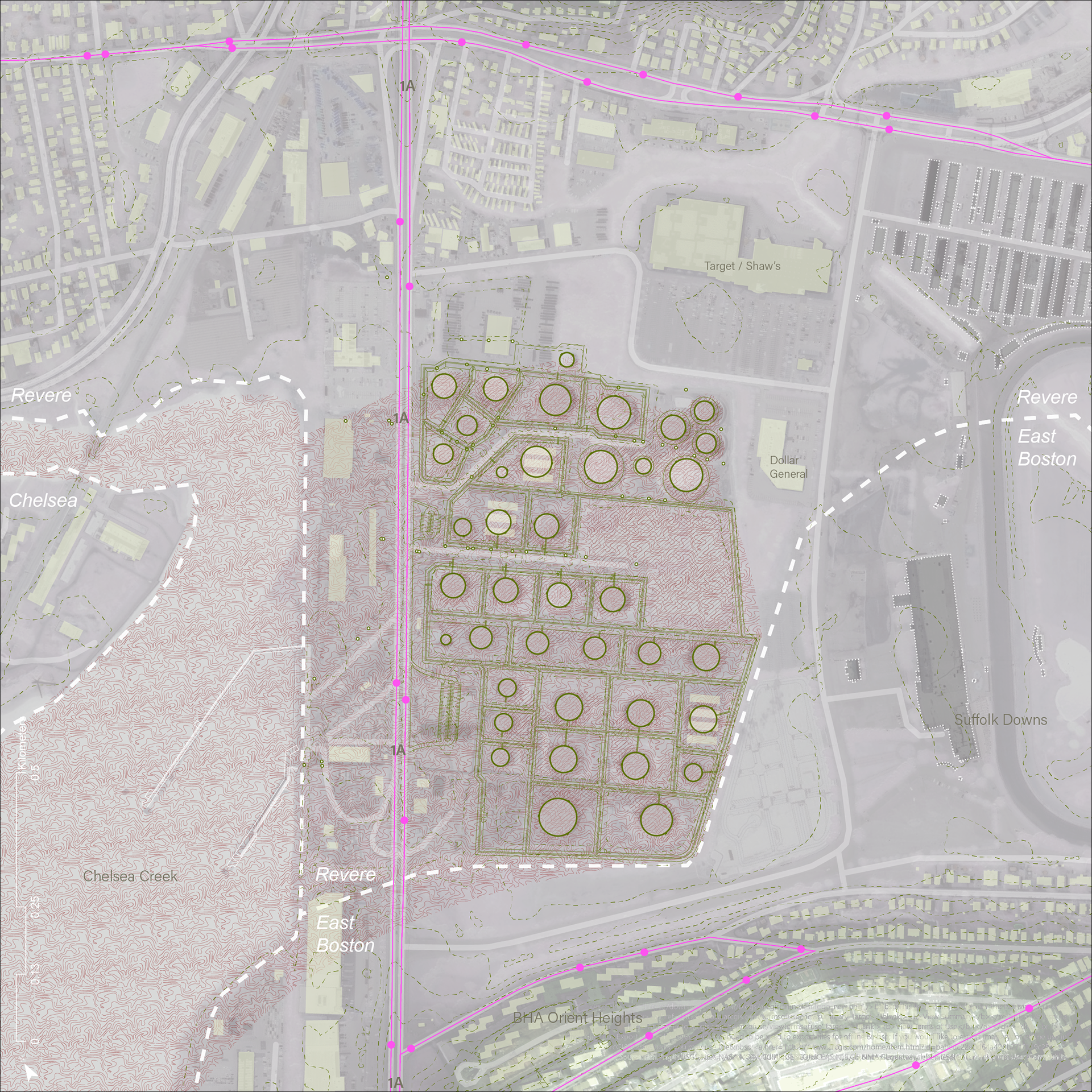
Plan: Oil Terminal Site Existing Conditions
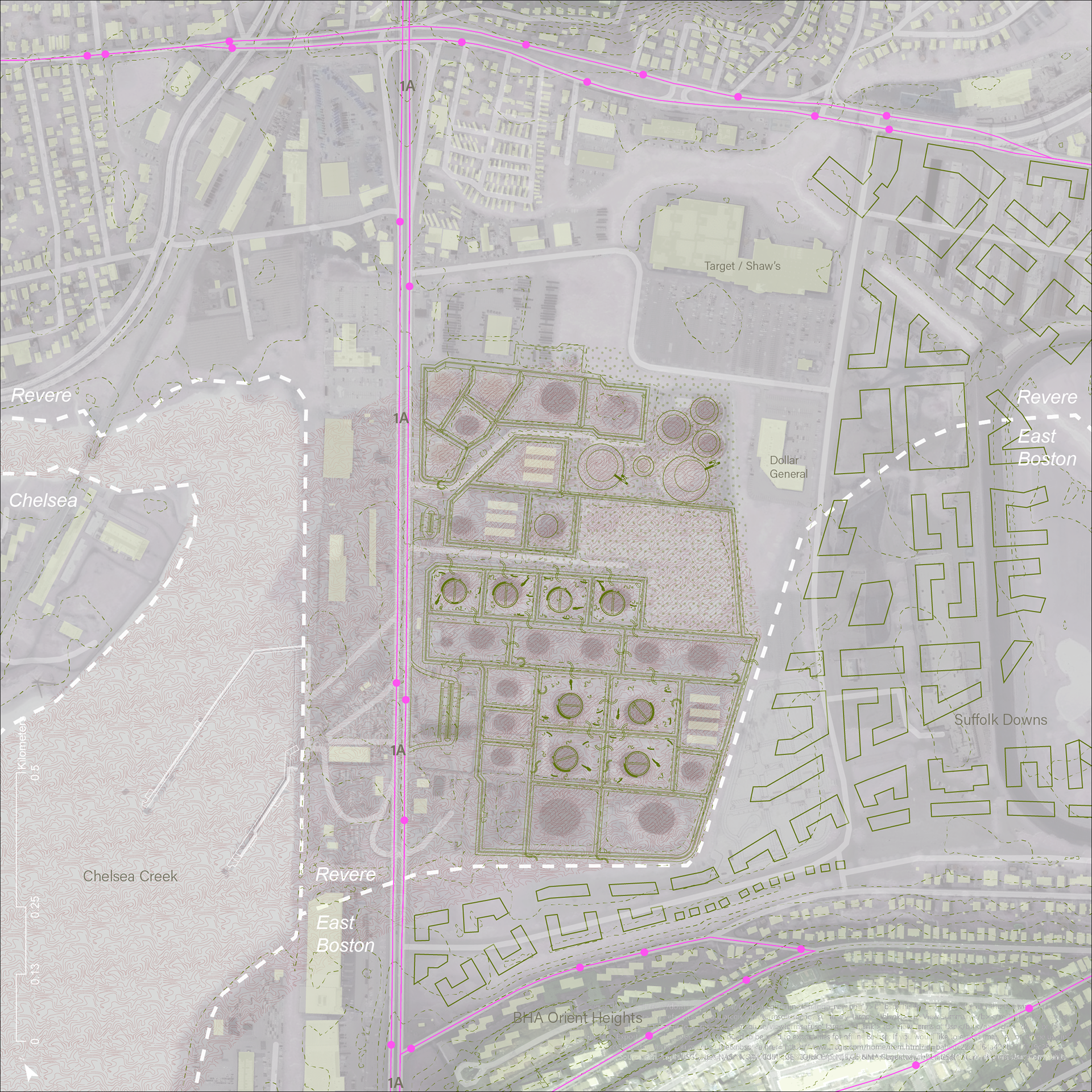
Plan: The Disordered Backyard
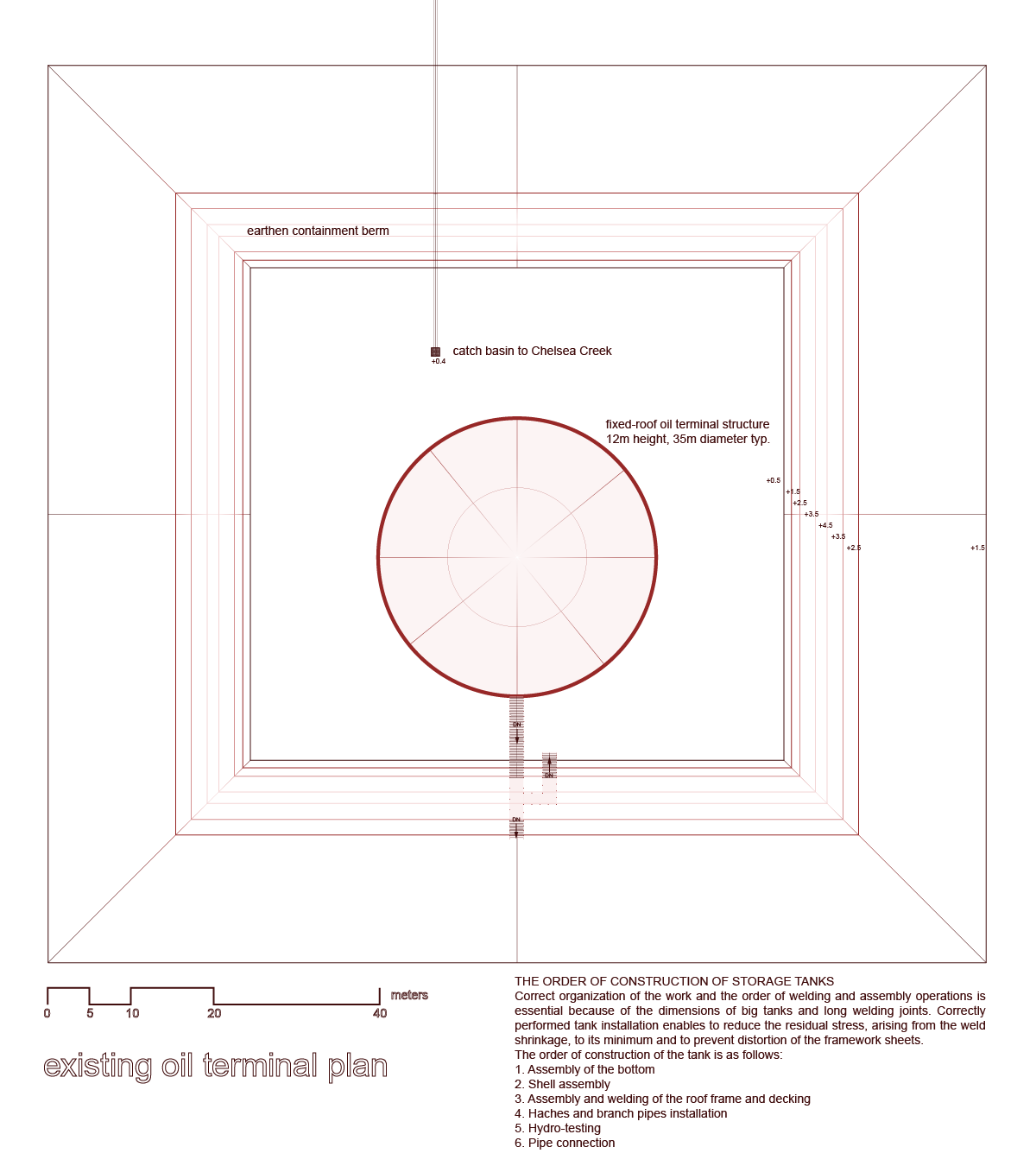
Existing Condition
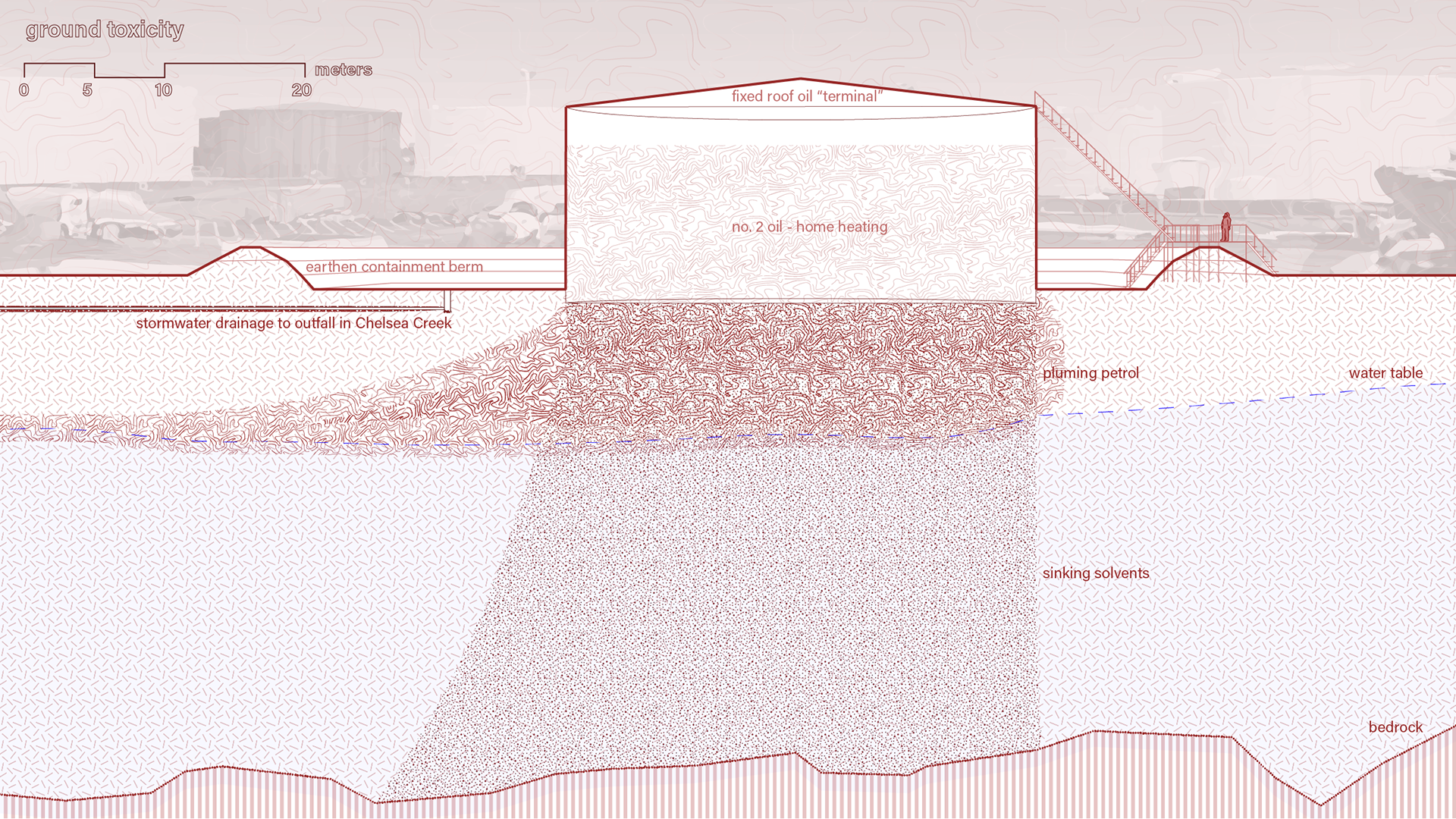
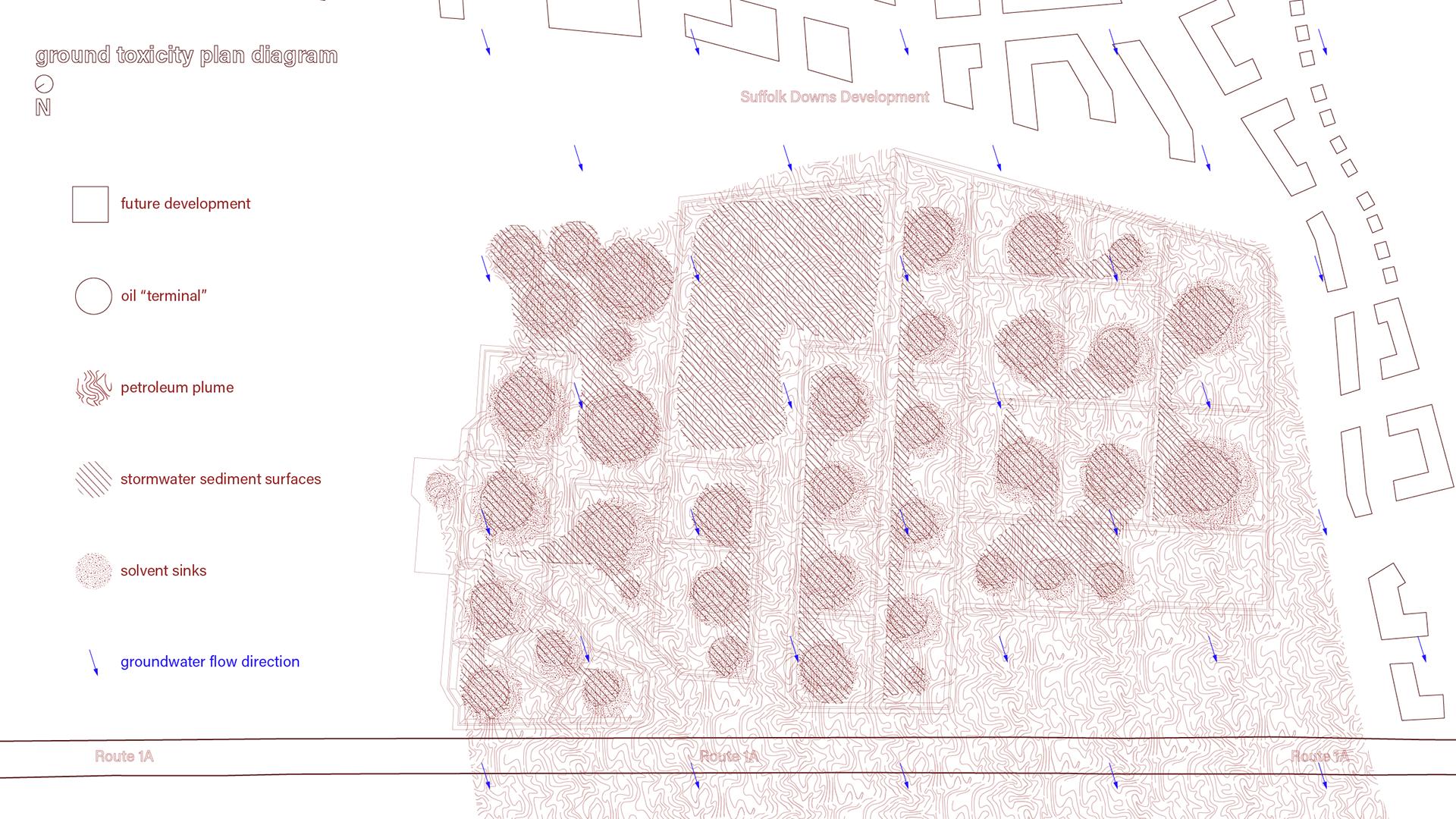
The disordered backyard embraces the toxicity of its inherited site. This non-park landscape is a backyard for East Boston that provides amenity, play, employment, flexibility, and experimentation on multiple scales. The backyard is deployed according to four categories that are typical of a backyard experience: the open ground, the found object, the ecosystem service, and the play ground.
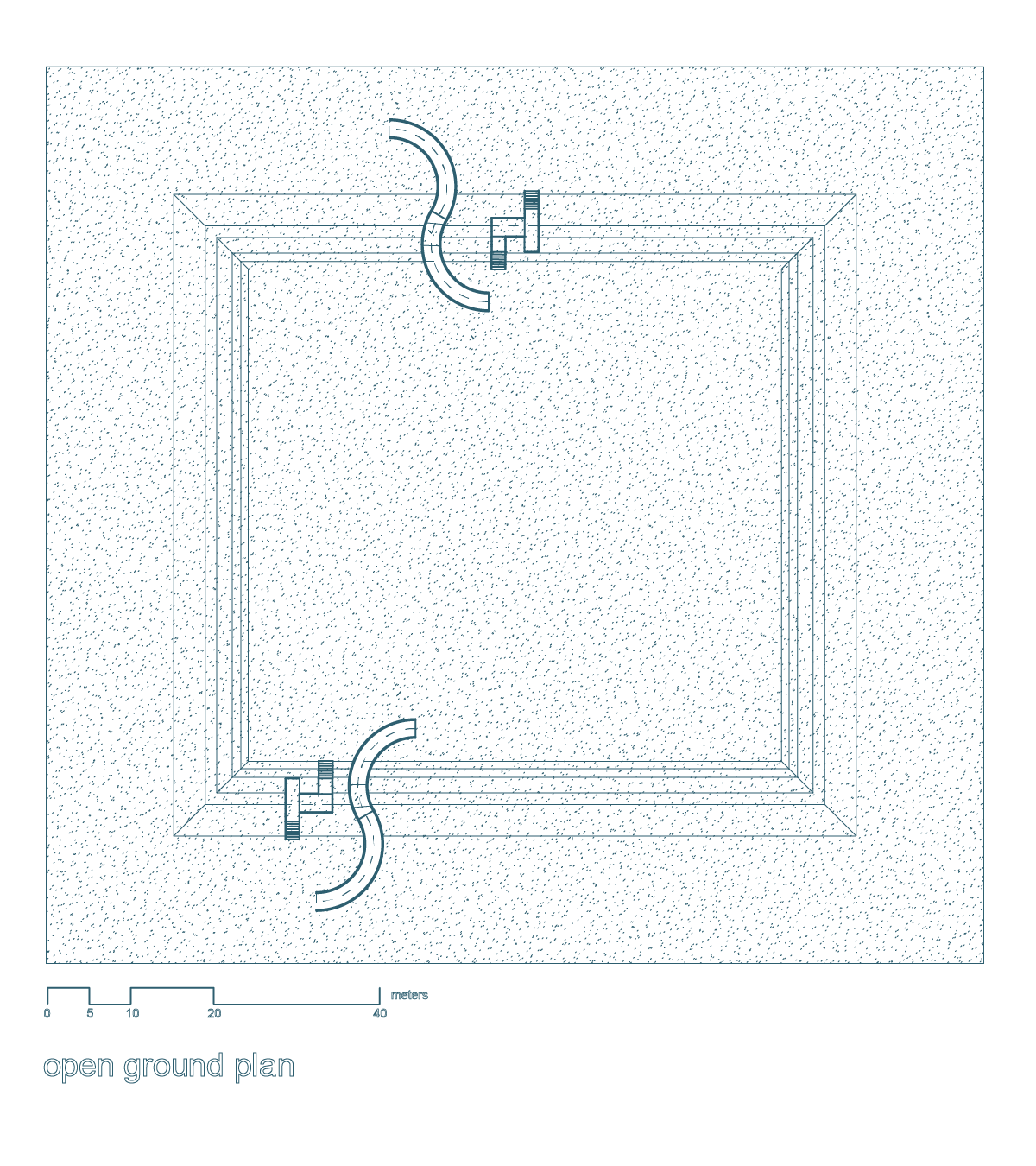
Open Ground
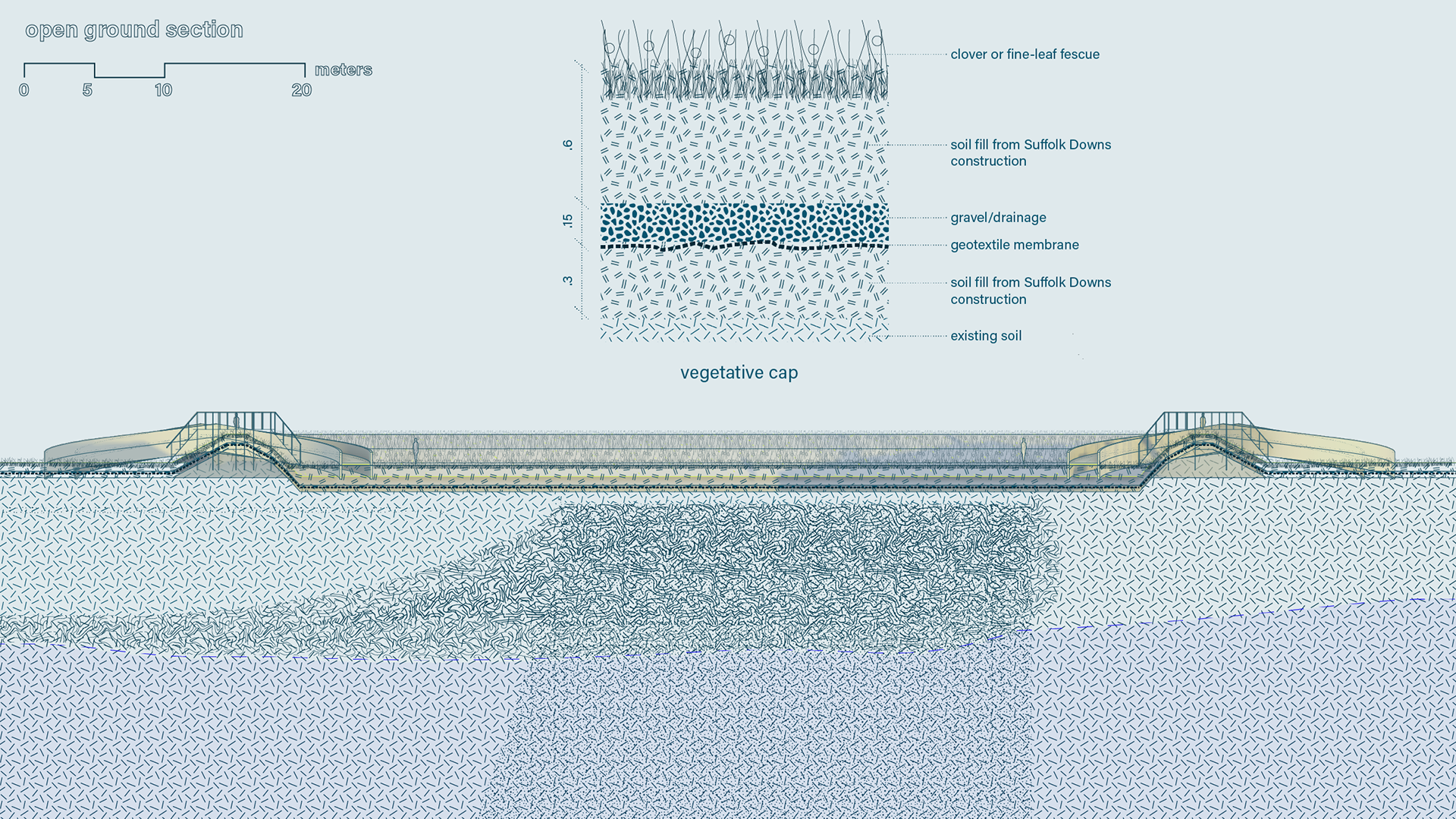
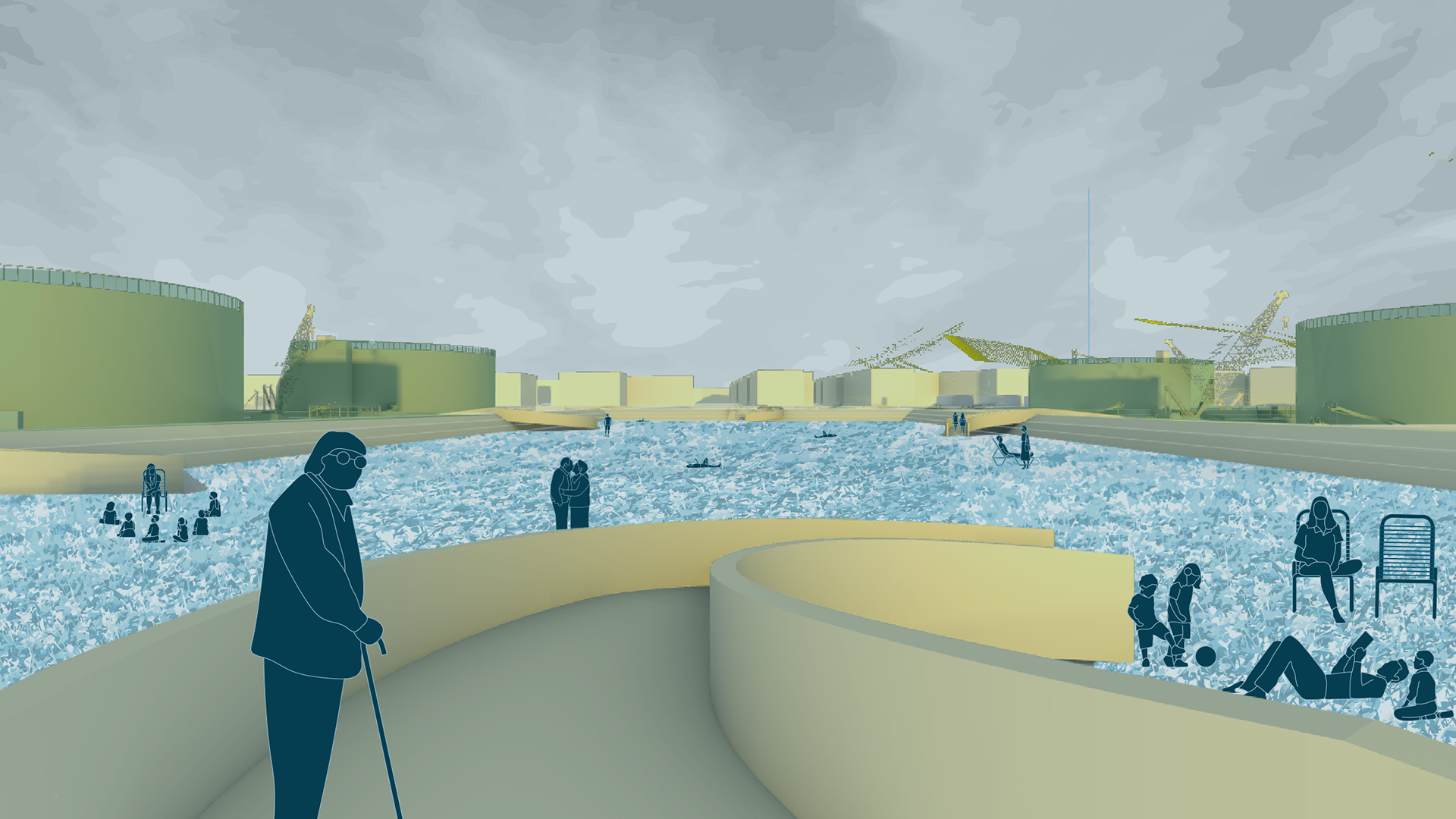
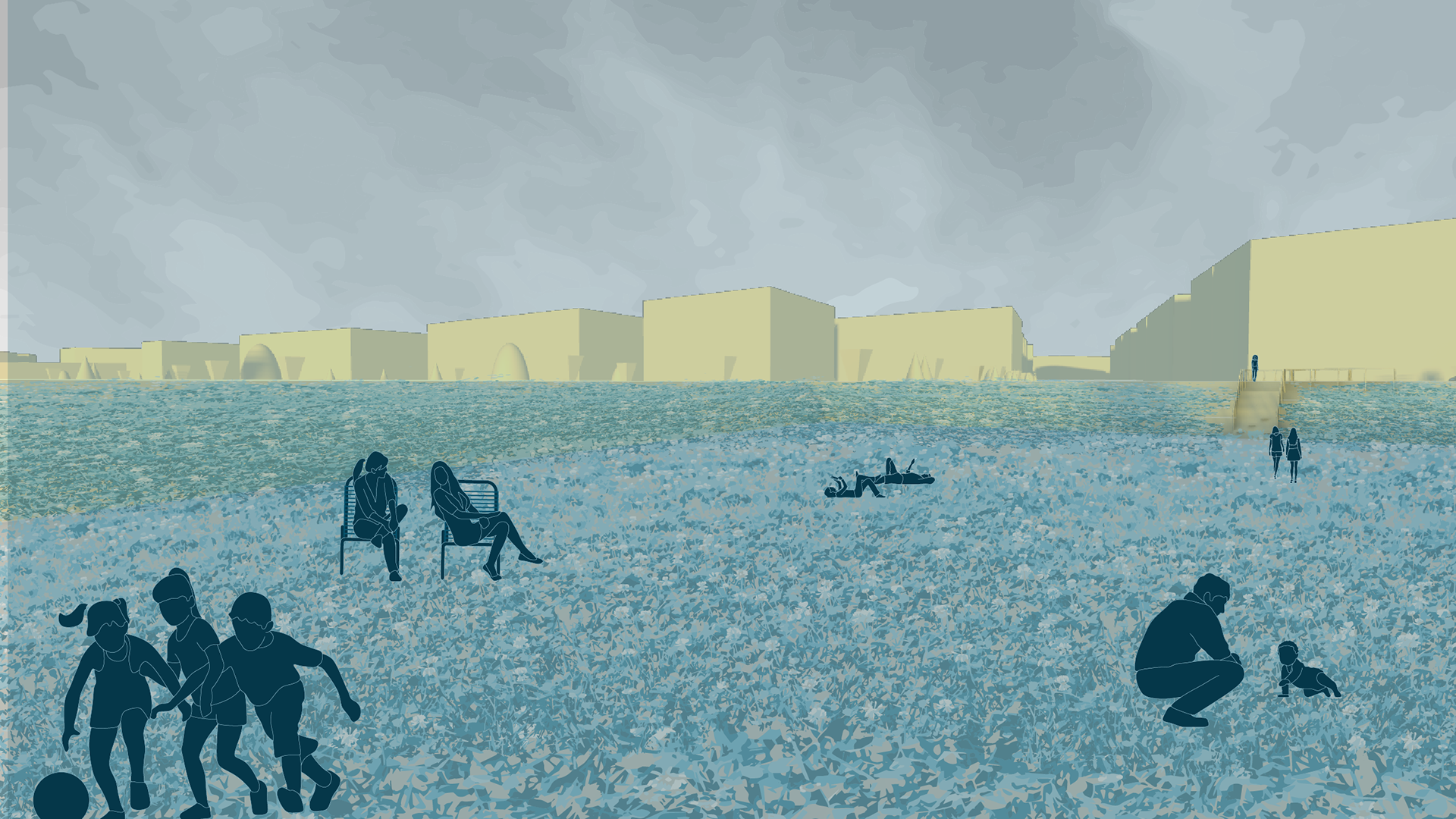
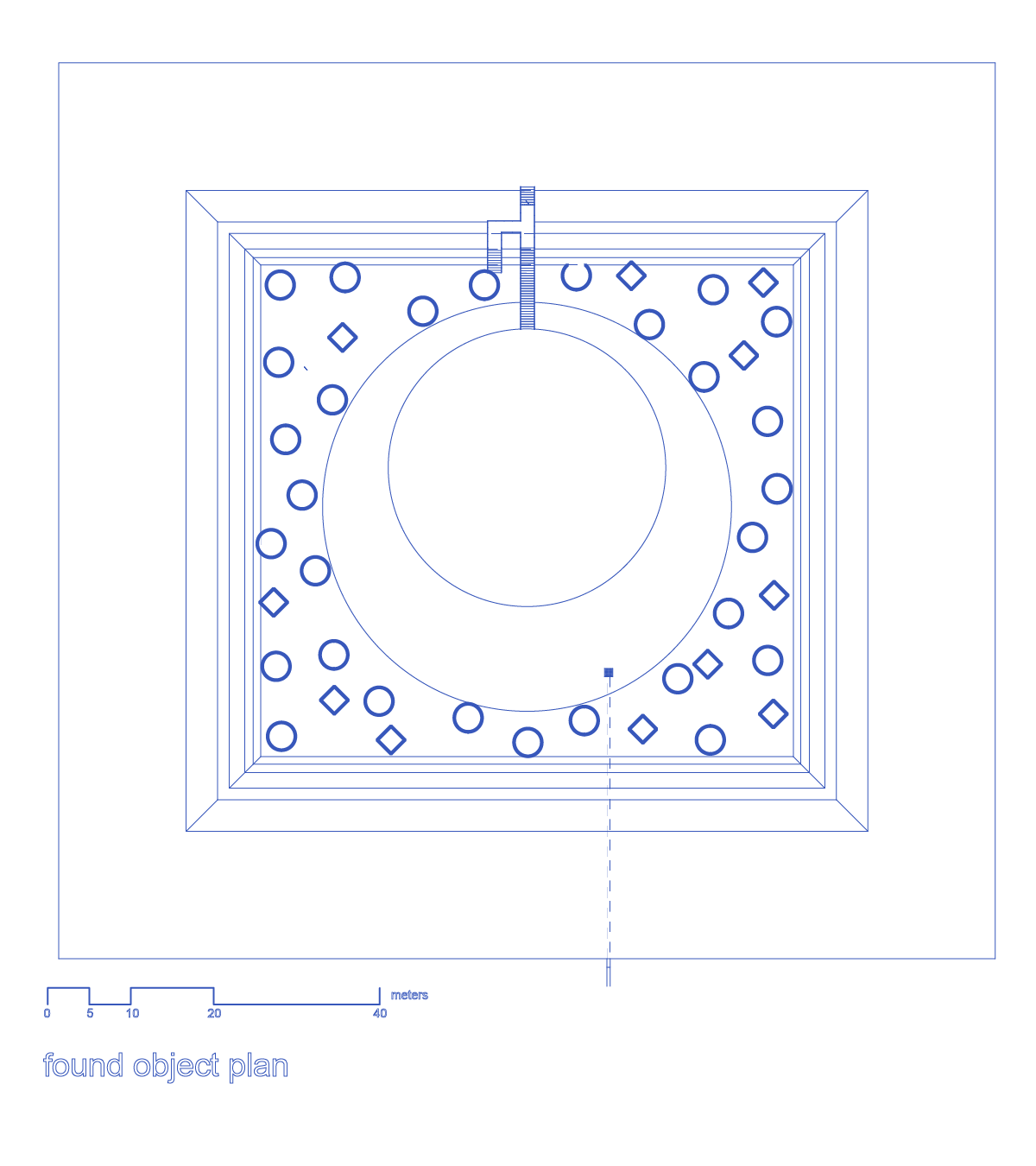
Found Object
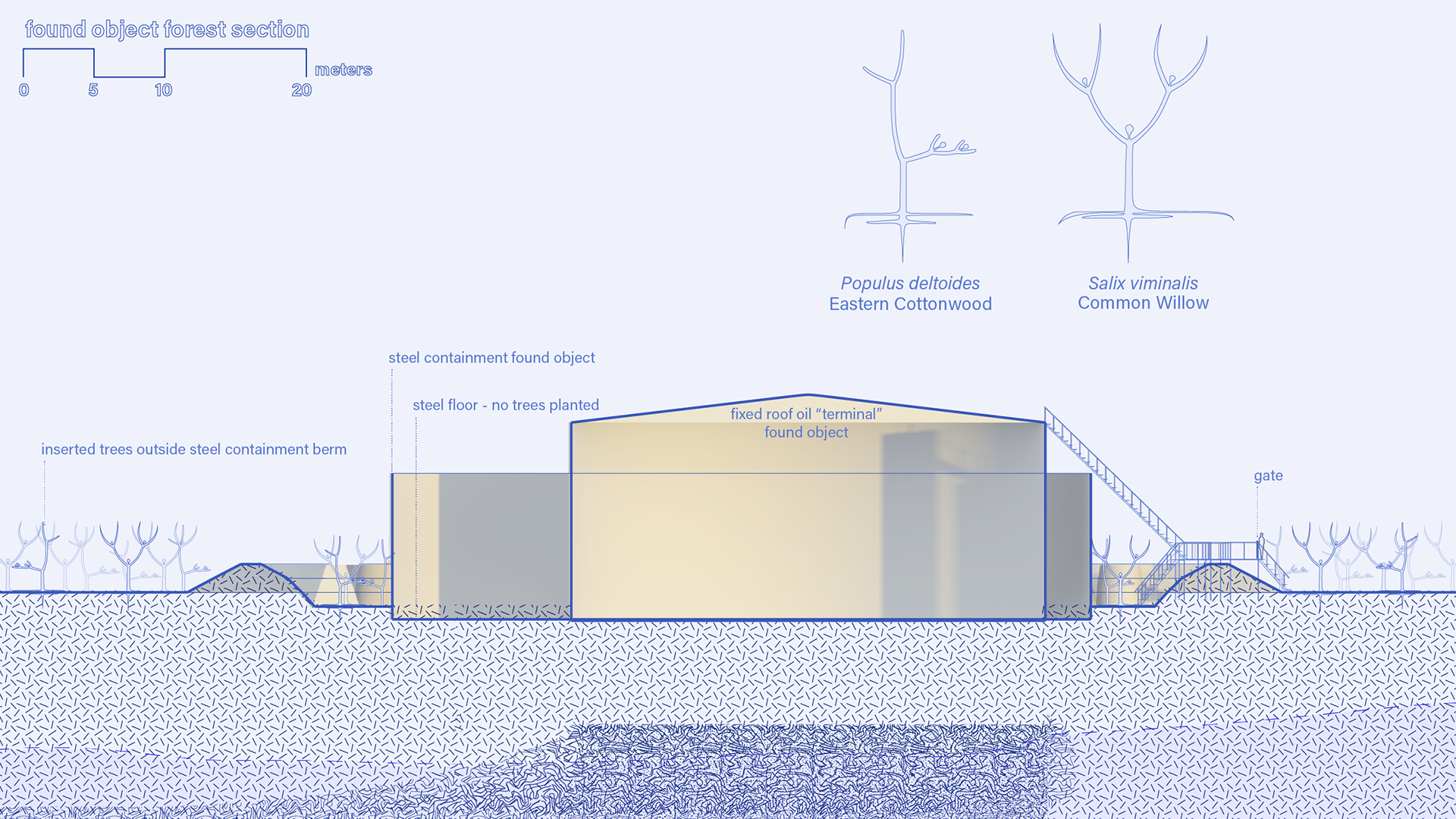
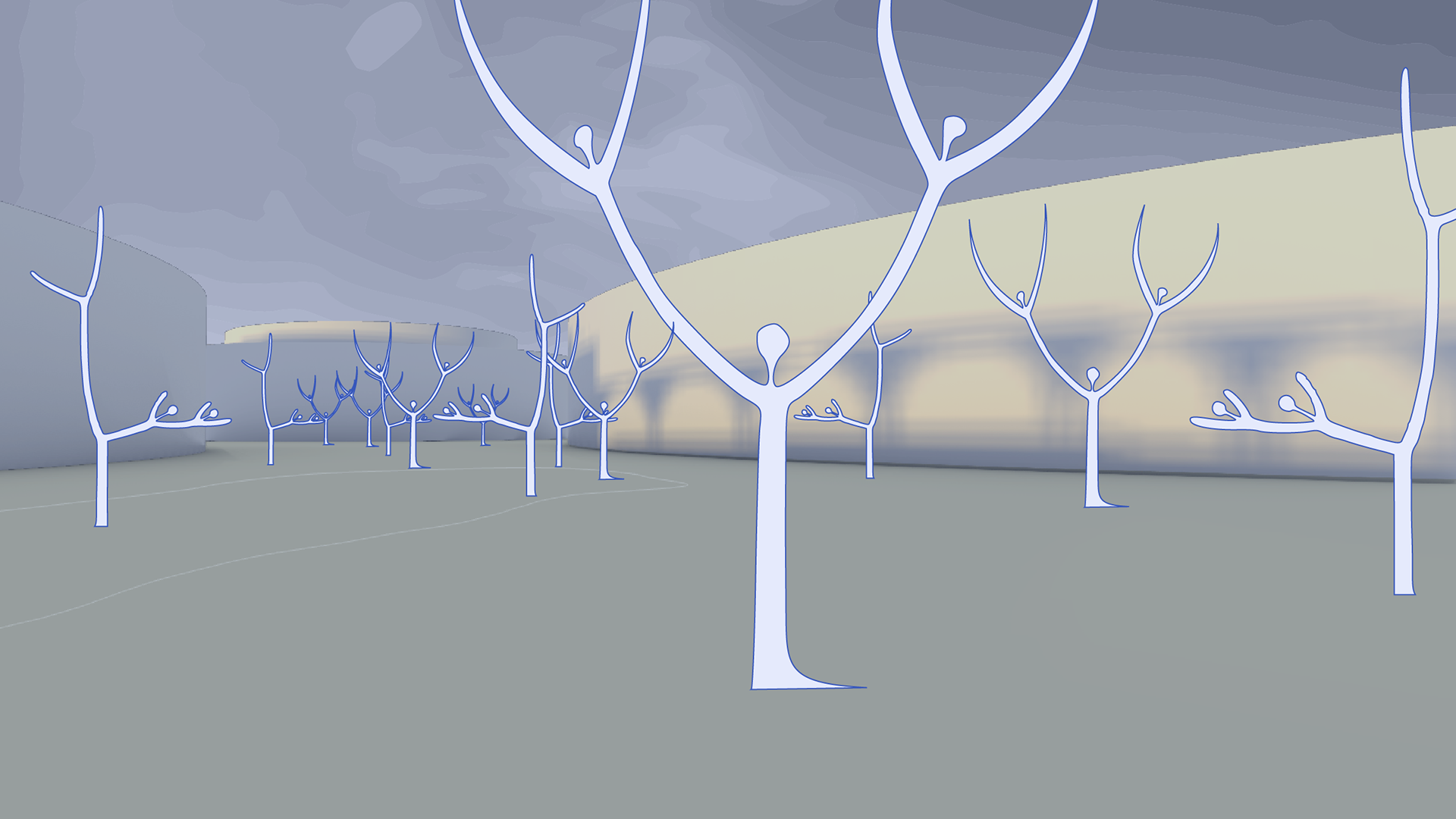
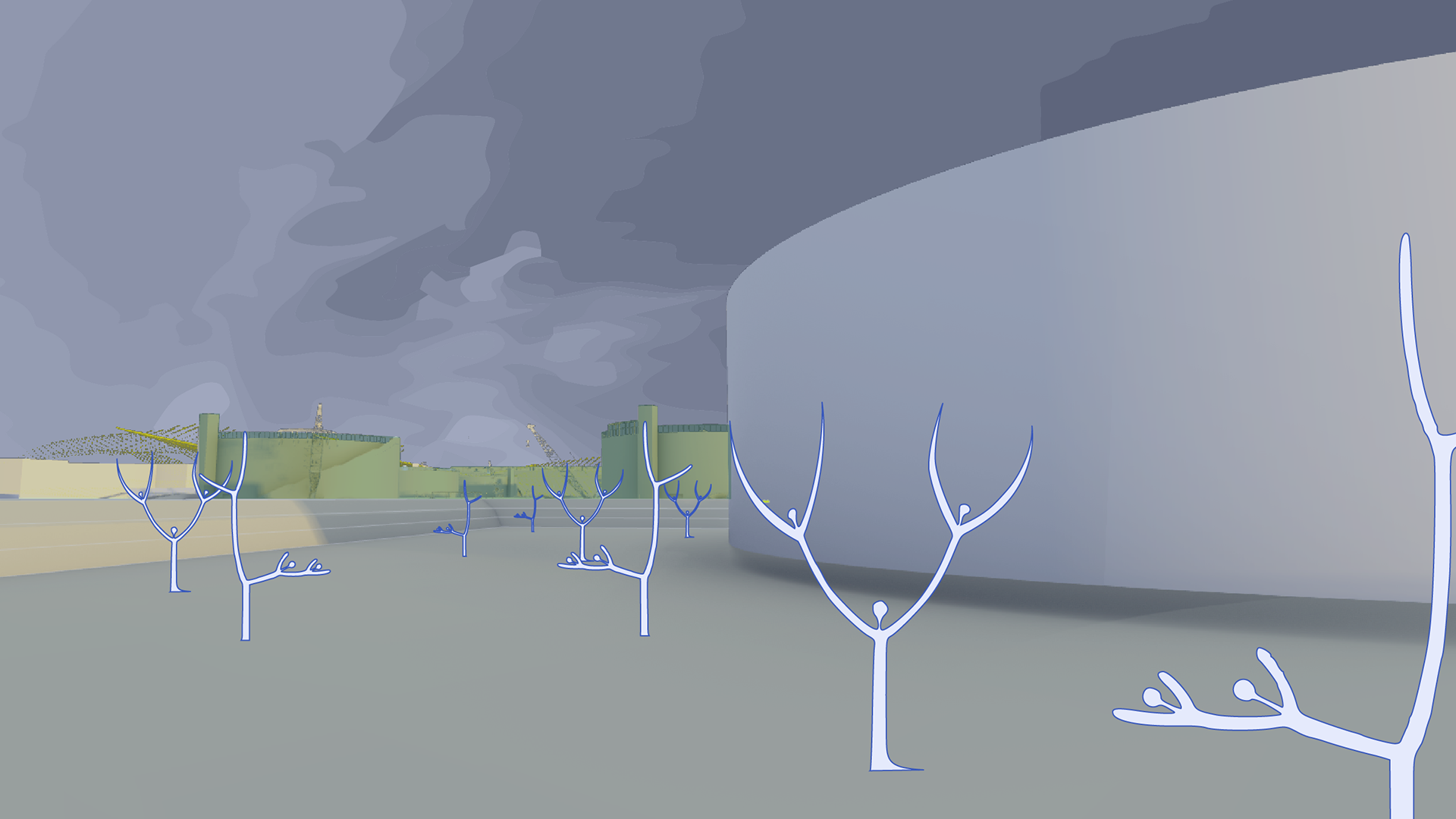
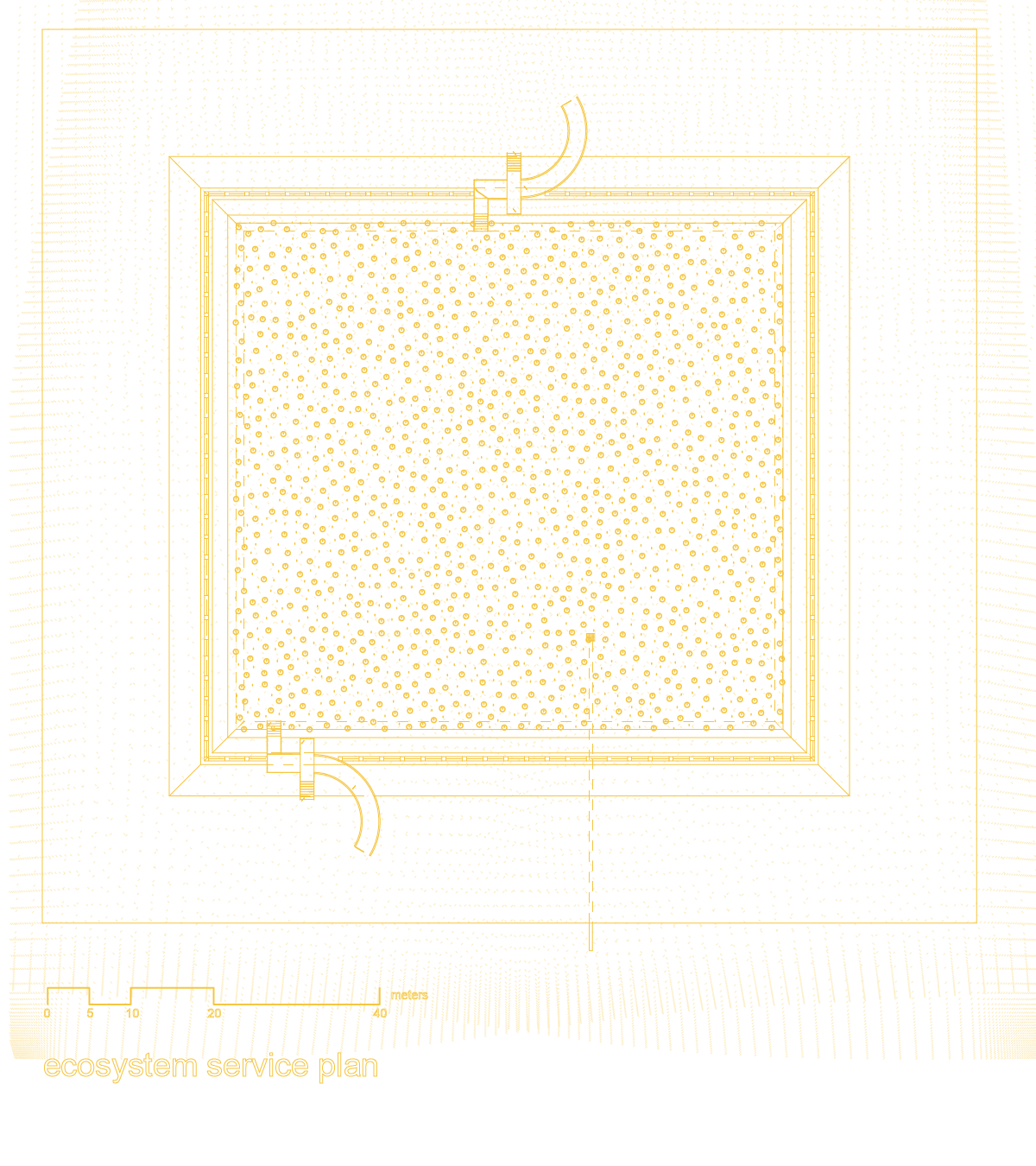
Ecosystem Service
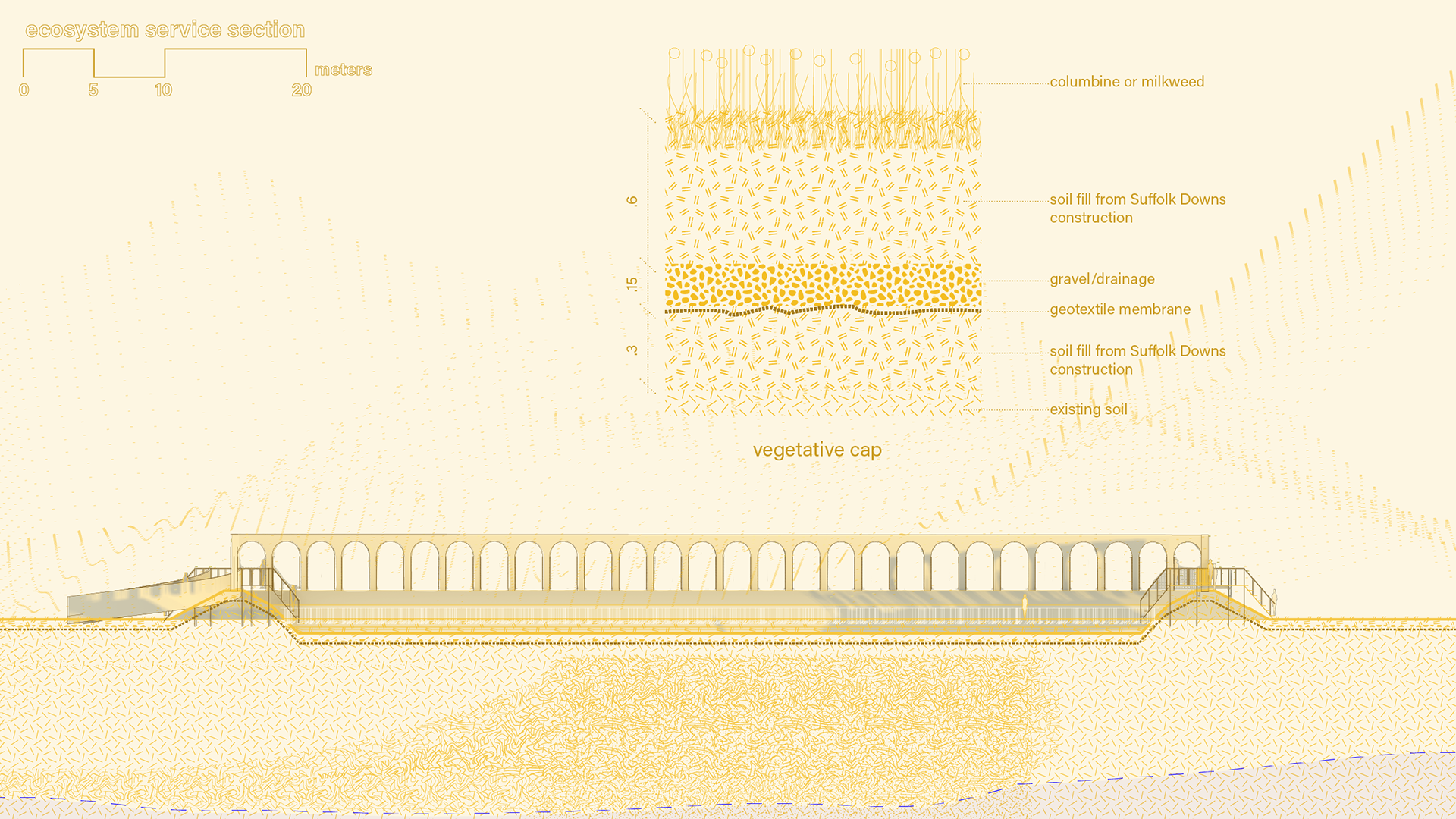
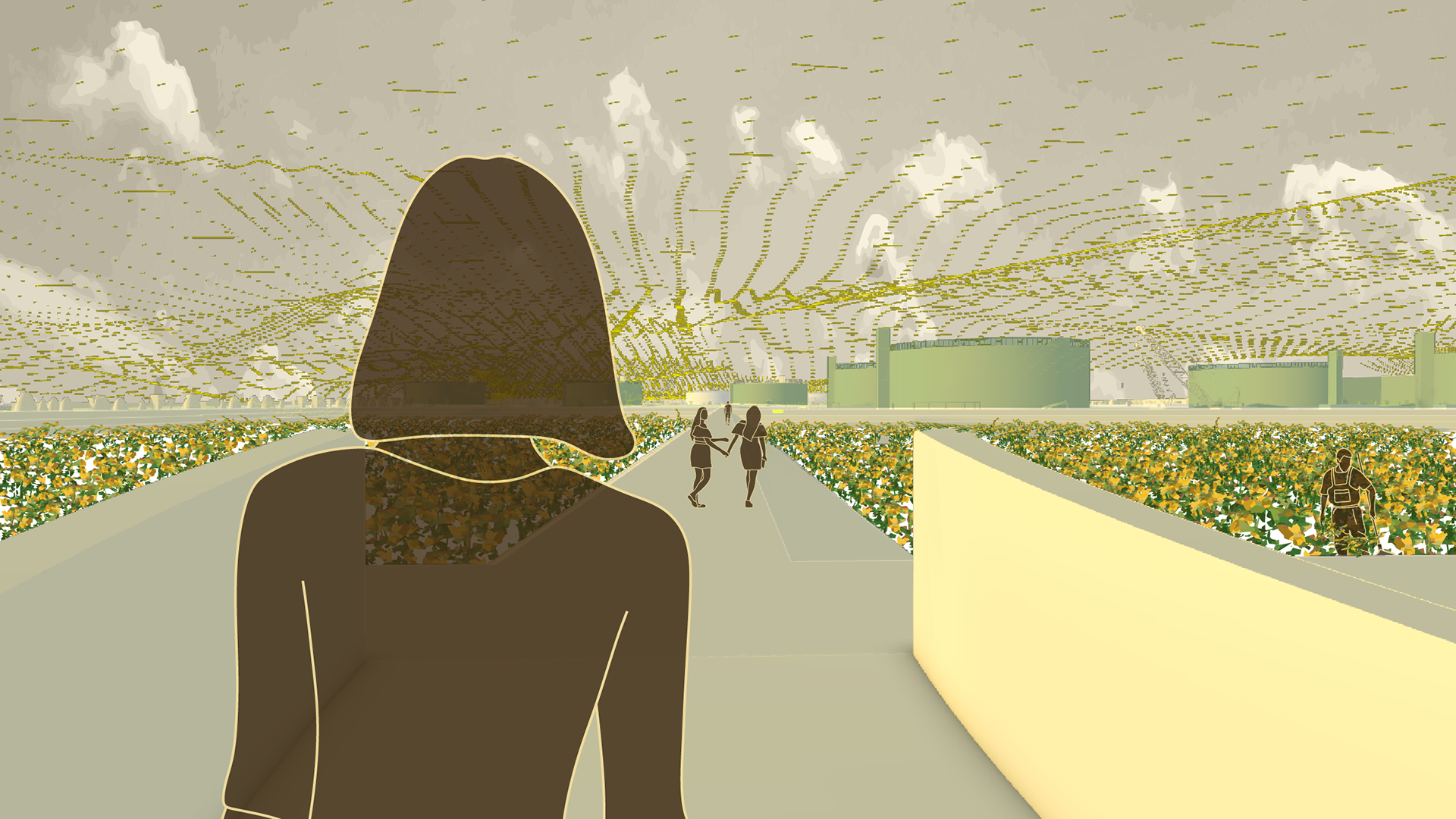
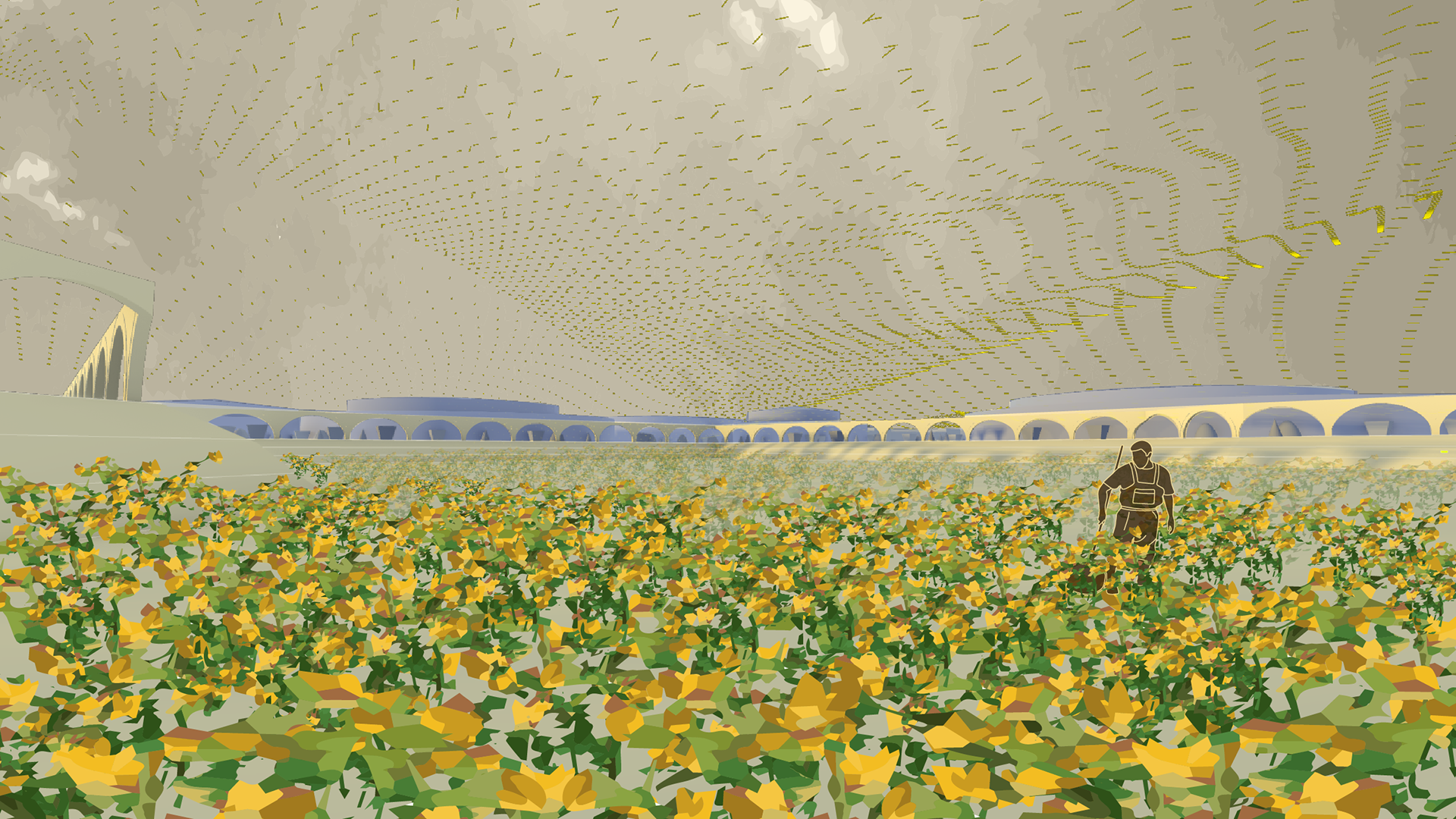
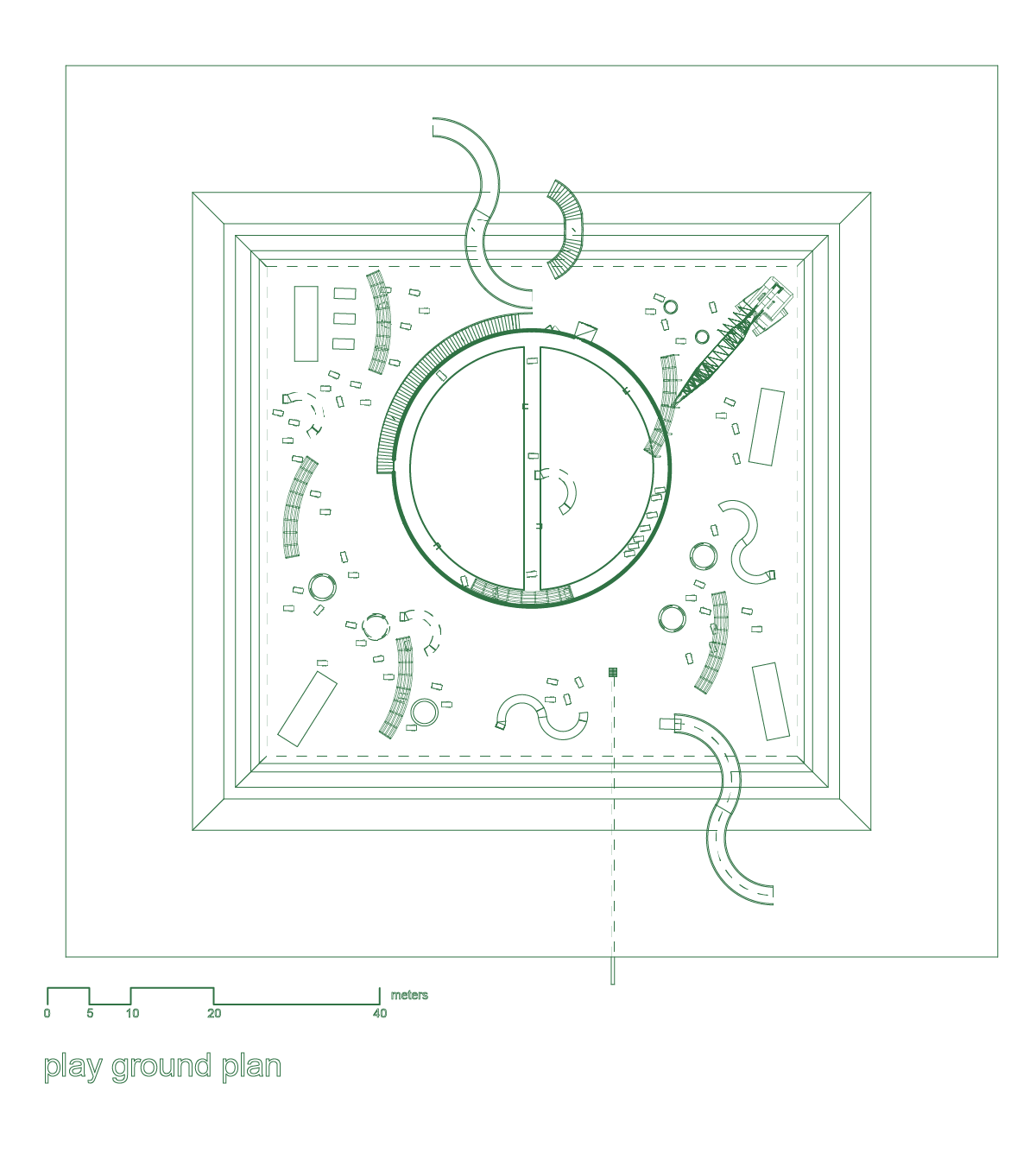
Play Ground
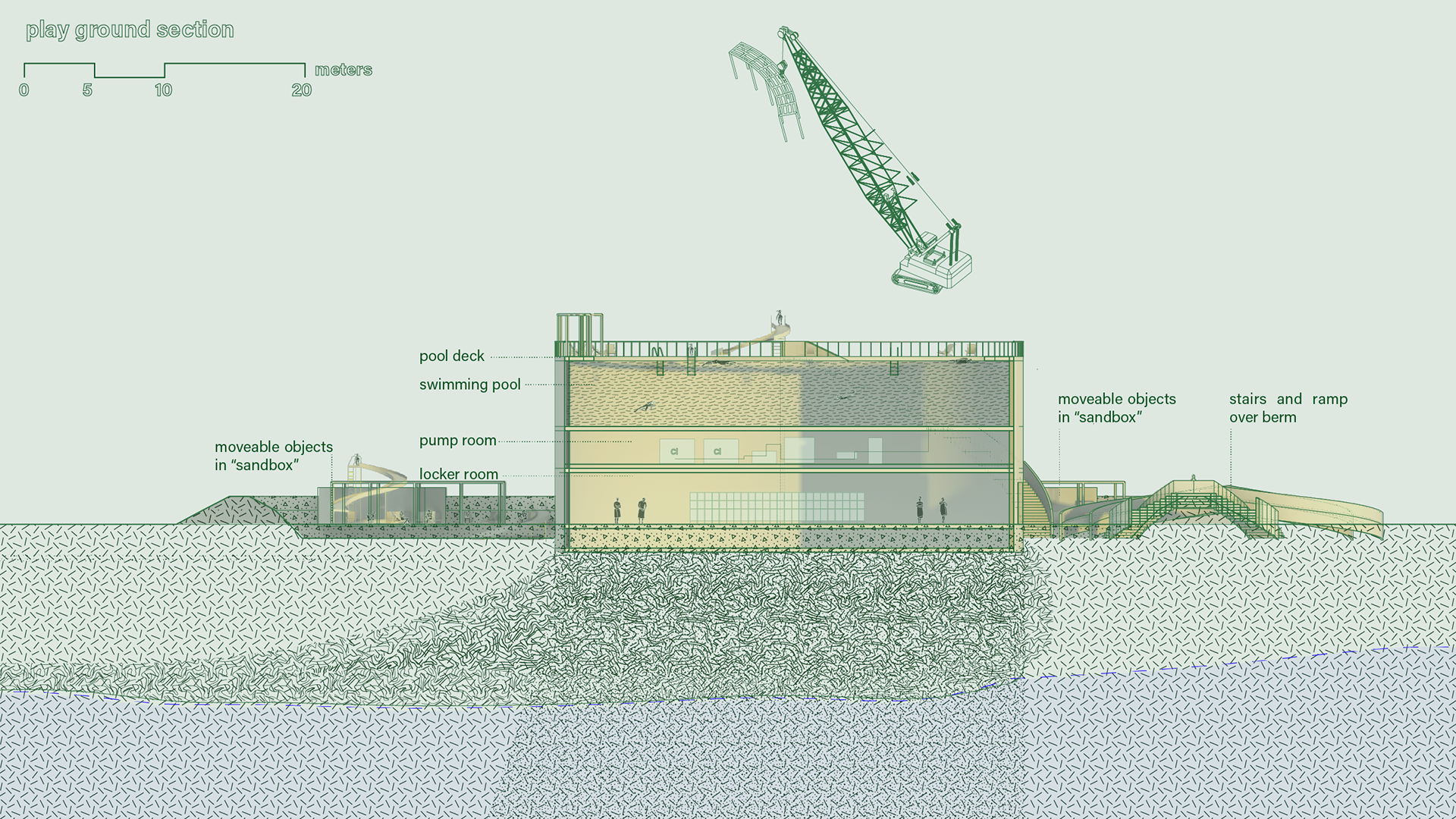
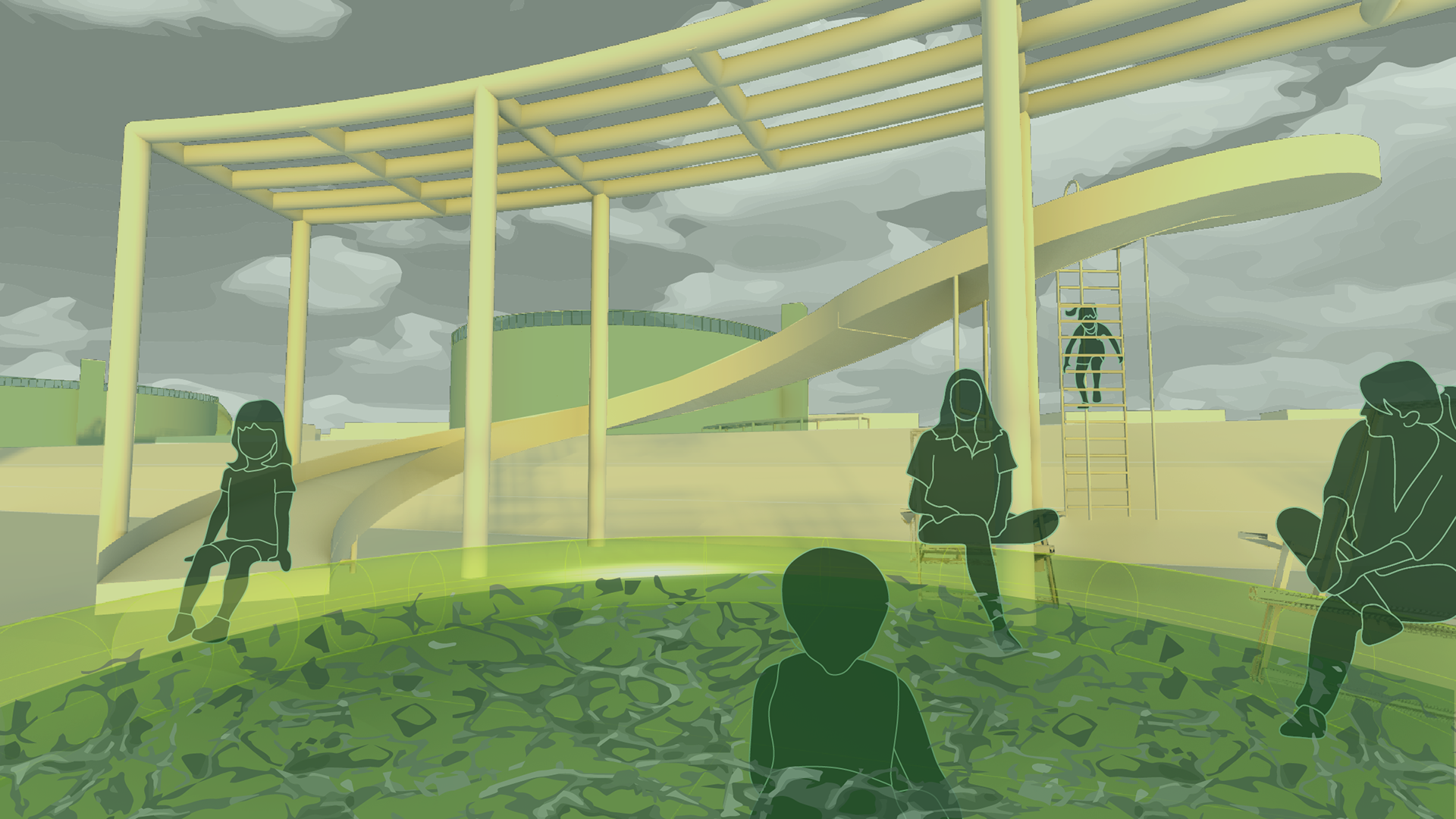
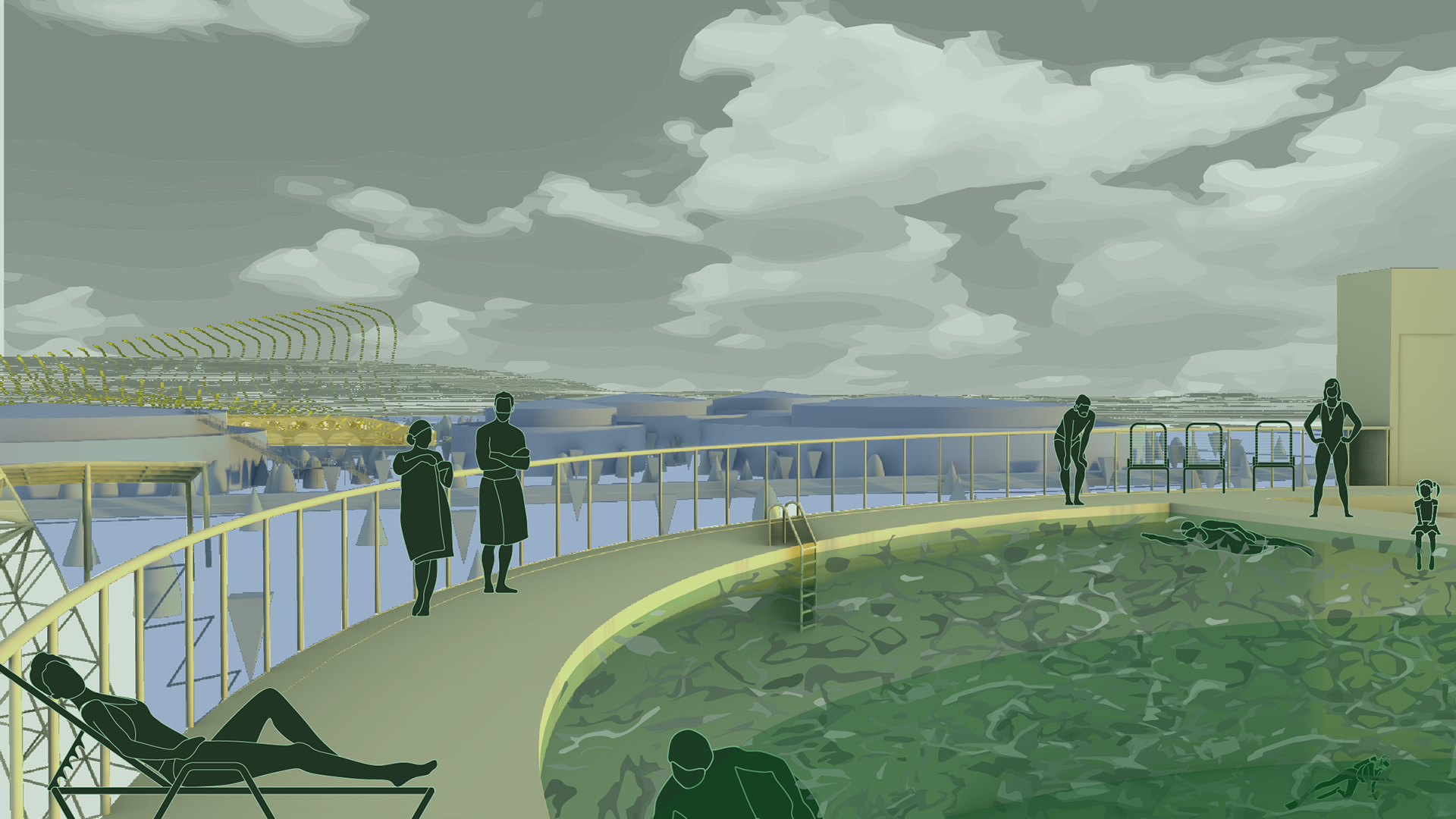
This social infrastructure will bring generations-old residents of East Boston together with new residents of the Suffolk Downs development, along with more temporary inhabitants. The site is gridded and its landform is bermed, lending itself to a “grid container” terminology. Juxtapositions occur both within each grid container and across grid types on multiple scales from past and proposed uses to adjacencies within the landscape and further out to its context.
This extension of site across normalized boundaries calls for a wider than normal spectrum of stakeholders to the table to engage in the near future making of a pointed landscape which affects a far wider, far deeper condition. I propose a coalition of the backyard to contribute to this social infrastructure, a coalition which would bring together Orient Heights drumlin homeowners and renters, Boys and Girls Clubs of Boston, the Suffolk Downs Development, the MWRA, the Neighborhood of Affordable Housing to name a few.

